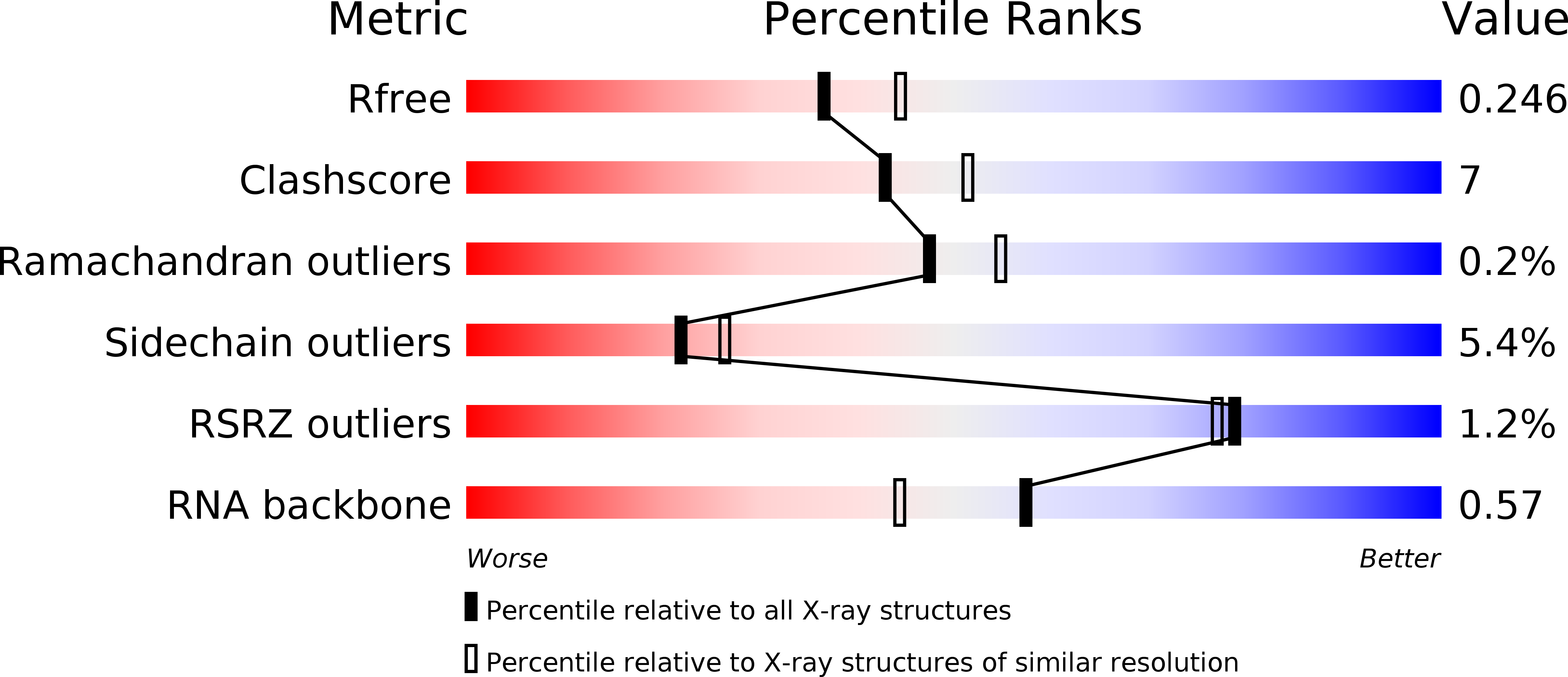
Deposition Date
2014-10-21
Release Date
2015-09-30
Last Version Date
2024-11-06
Entry Detail
PDB ID:
4RMO
Keywords:
Title:
Crystal Structure of the CptIN Type III Toxin-Antitoxin System from Eubacterium rectale
Biological Source:
Source Organism:
Eubacterium rectale DSM 17629 (Taxon ID: 657318)
synthetic construct (Taxon ID: 32630)
synthetic construct (Taxon ID: 32630)
Host Organism:
Method Details:
Experimental Method:
Resolution:
2.20 Å
R-Value Free:
0.23
R-Value Work:
0.19
R-Value Observed:
0.20
Space Group:
P 1 21 1


